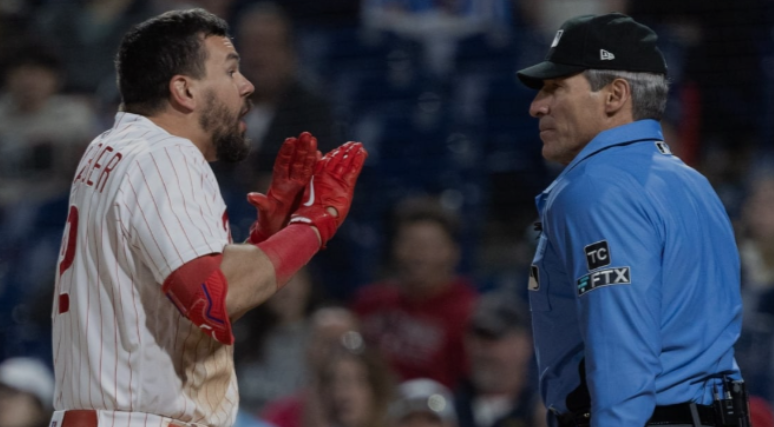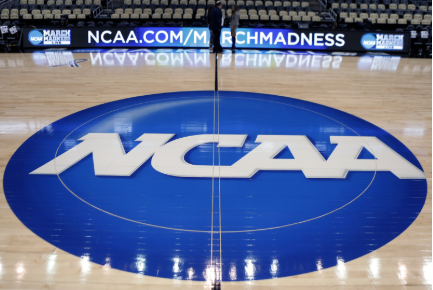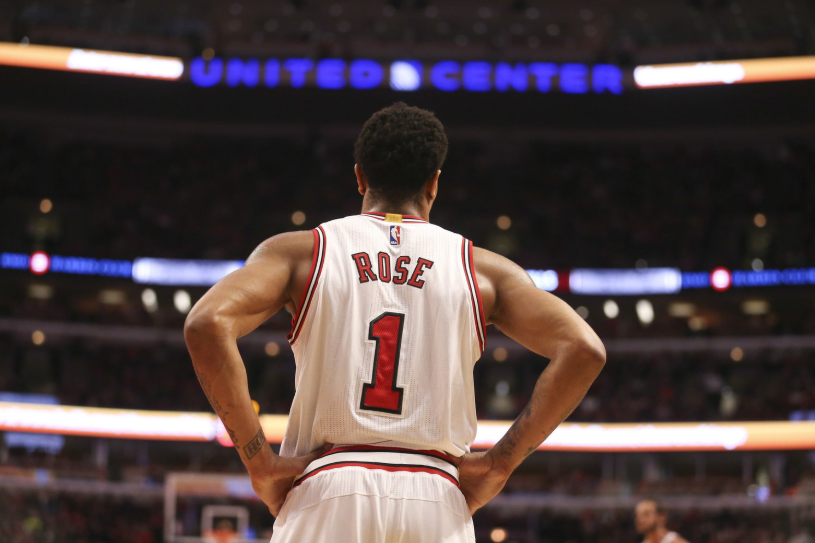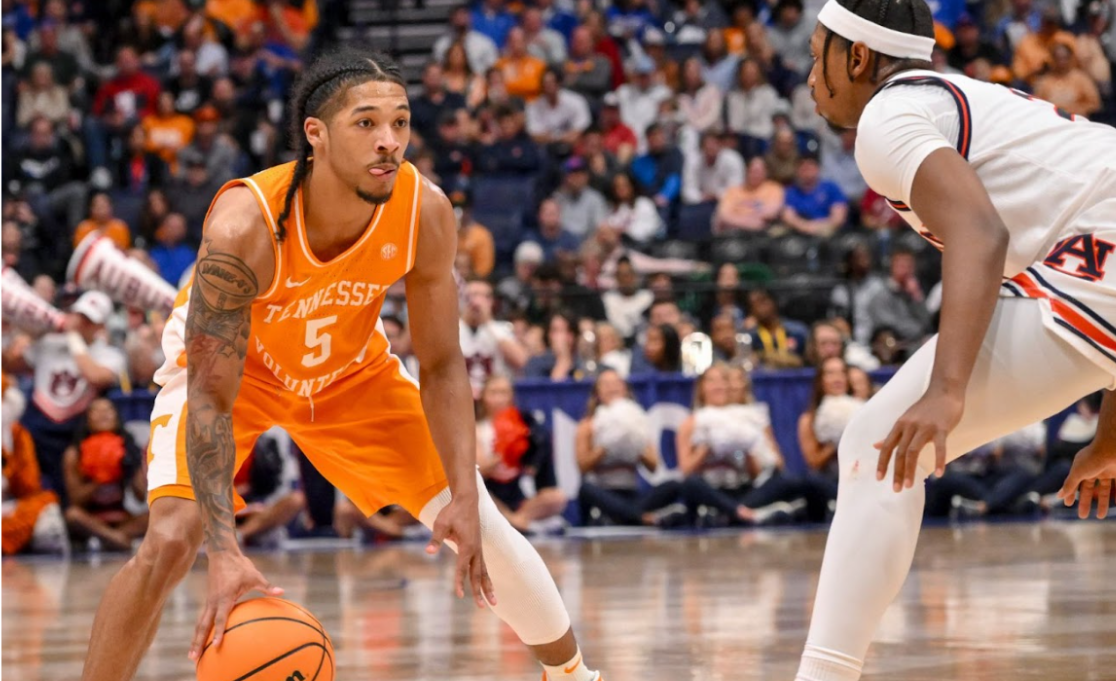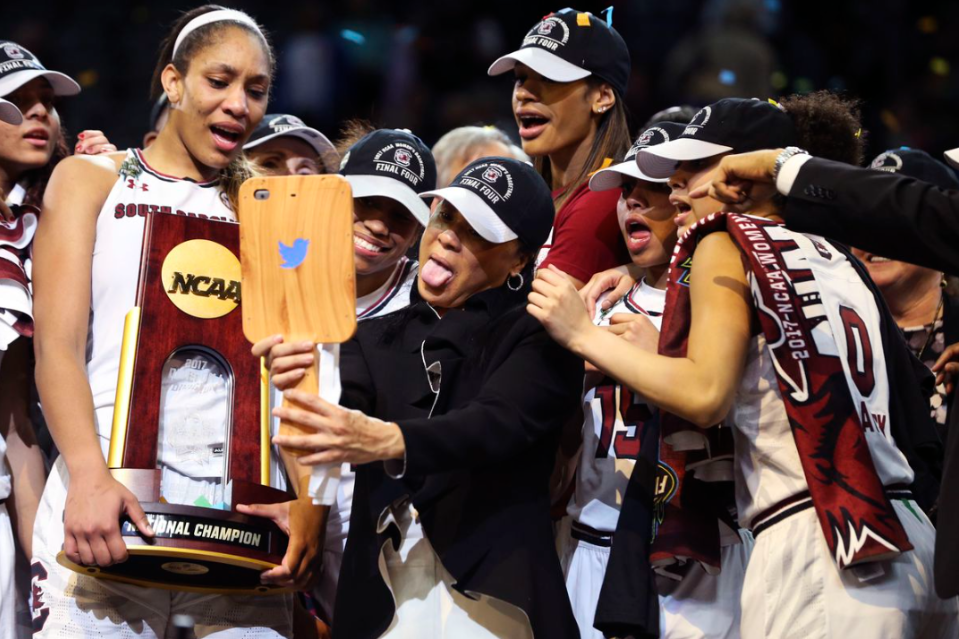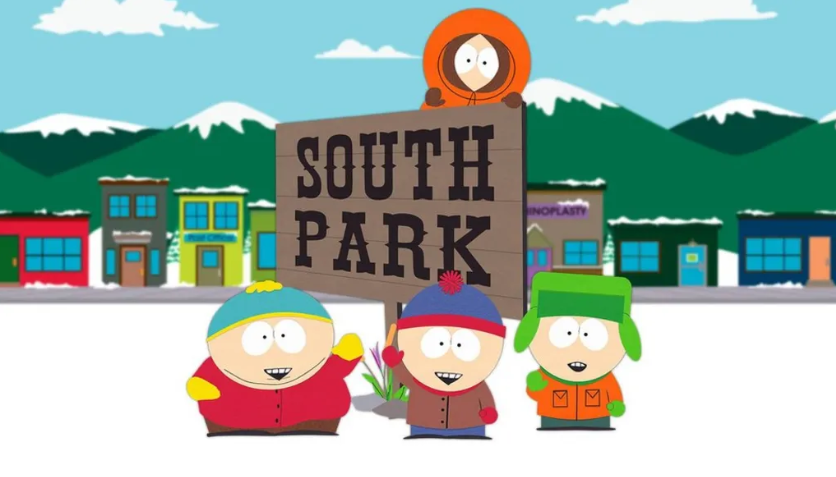With only 76 spots at the major league level, the path to the top for minor league umpires is long and arduous, with little to no guaranteed success. Only 3% of minor league umpires ever make it to Major League Baseball (MLB).
Minor league umpires face a daunting journey, often earning salaries that fall $10,000 below the poverty line. The path begins at rigorous training camps, where only the top graduates move forward. What follows is a grueling period in the lowest leagues of the minors, where only the two best umpires advance to Single-A baseball–a process that can take years.
Umpires typically spend upwards of a decade moving up one level at a time. The best of the best reach Triple-A, the final level of the minor leagues. However, even at this stage, umpires can only be called up to the MLB if a current umpire quits, retires, or fails his reviews. More often than not, a call-up to the big leagues is temporary, such as filling in for an umpire on vacation or dealing with temporary issues. Once the regular umpire returns, the substitute is sent back to Triple-A.
Let’s say the impossible happens and you become an everyday umpire at the major league level. Now, everybody sees every mistake you make. The pitches are faster, and the pitches move more. The fans yell at you at every level, but now It’s a whole stadium. You’re being tested at all times to see if you’re cut out for the job. The good news is you have a union that takes care of you. The bad news is that if you have a bad game, your reputation among players and spectators can be permanently tainted.
Younger umpires have been the best recently at calling balls and strikes. A notable example is the first umpire perfect game in the World Series called by Pat Hoberg. However, if you watch the game back, you can still see some players being visibly upset at his calls, mostly on the outer edge of the strike zone. That’s the spot where most players complain the most about umpires’ strike zones.
Before the 90s, when the TV broadcast started adding virtual versions of the strike zone, the umpires union tried to get rid of it, knowing that it would lead to increased scrutiny on umpires. While the union was unsuccessful, the virtual strike zone forced more accountability onto umpires, thus making them more accurate over time.
The all-time MLB home run leader, Barry Bonds, said the automated strike zone linked the sport to a video game, making it more appealing to a broader audience. Recently, a Twitter page called Umpire Scorecard started grading umpires. This further increased accountability on umpires for their mistakes, and in recent years, led to an increase of fresh faces taking the job.
An added layer of difficulty and anger for fans is that the strike zone on-screen changes between broadcasts. One streaming on the Mets broadcast may see a strike zone that is a few inches higher than on the Phillies broadcast. This means a strike on one channel might not be a strike in another, or even on the field. For devoted fans, this can be incredibly frustrating as something they see as a strike on screen might not be called on the field.
MLB has a site that shows you the accuracy of each umpire, increasing the pressure they feel. The MLB grades umpires differently than Umpire Scorecard, however, giving them roughly a two inch room for error on whether a pitch is a ball or a strike.
With fastball velocity, spin rates, and the use of breaking pitches all going up recently, umpires’ jobs are becoming harder. All of these factors add up to making major league umpiring one of the hardest jobs ever.








